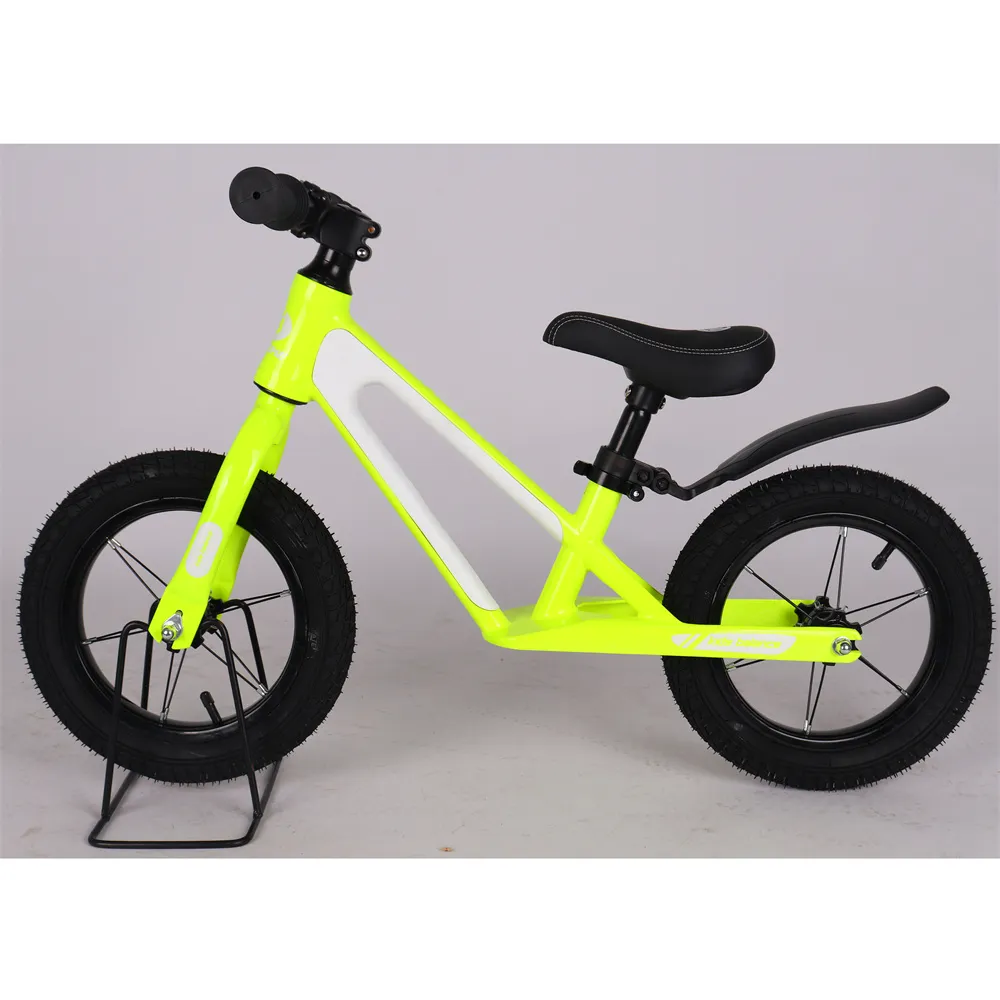Balance Bikes for Young Children to Learn Riding Without Pedals
The Joy of Balance Bikes for Little Kids
In recent years, balance bikes have gained significant popularity among parents and young children alike. These innovative two-wheeled vehicles, designed without pedals, provide a unique approach to teaching kids the foundational skills necessary for riding a traditional bicycle. For toddlers and preschoolers, balance bikes offer an intriguing blend of fun, safety, and developmental benefits.
Understanding Balance Bikes
Balance bikes are distinguished from regular bicycles by the absence of pedals. Instead, these bikes are designed for children to push themselves forward using their feet while sitting on a padded seat. This simple yet effective design allows little ones to focus on improving their balance and coordination, which are essential skills for cycling. The lightweight frame often made of wood or aluminum makes it easy for children to maneuver, enhancing their confidence as they glide along.
Benefits of Balance Bikes
1. Promoting Balance and Coordination One of the most significant advantages of balance bikes is their emphasis on balance. Traditional bicycles can be intimidating because children must learn to pedal, steer, and balance simultaneously. With balance bikes, children learn to balance first, significantly reducing the risk of falls that can occur when they're trying to master multiple skills at once.
2. Encouraging Independence As children navigate their balance bikes, they gain a sense of independence that fosters confidence. The ability to propel themselves forward, steer, and stop at will empowers young riders, making them more eager to explore their surroundings.
little kid bikes without pedals

3. Physical Activity Balance bikes promote physical activity in a fun way. Kids are encouraged to get outside and move, which is particularly important in an age where sedentary lifestyles are on the rise. The active play involved in riding a balance bike aids in developing gross motor skills, stamina, and overall physical health.
4. Enhancing Social Skills Riding a balance bike can also be a social experience. Children often ride together in parks or playgrounds, allowing them to engage in cooperative play. They can learn to share, take turns, and navigate group dynamics while enjoying the simplicity of riding.
5. Transitioning to Pedal Bikes Children who learn to ride on balance bikes often transition to pedal bikes more smoothly than those who start with traditional bicycles. Once they have mastered balancing, pedaling comes naturally, allowing them to enjoy cycling sooner. This ease of transition means less frustration for both children and parents.
Choosing the Right Balance Bike
When selecting a balance bike for your little one, there are a few important considerations to keep in mind. Ensure that the bike is the appropriate size—your child should be able to touch the ground with both feet when seated. Lightweight materials are preferable, as they enable easier maneuverability. Additionally, look for features such as adjustable seats and handlebars to accommodate your child's growth.
Conclusion
Balance bikes serve as an excellent introduction to the world of cycling for young children. Their design allows kids to develop essential skills while enjoying the thrill of riding. The joy of speeding down a gentle slope, feeling the wind in their hair, and mastering balance is not just a milestone for them; it's a cherished memory for parents witnessing their child's growth. As children laughter fill the air while they glide on their balance bikes, it’s clear that these pedal-less wonders are more than just toys—they are tools for learning, exploration, and, most importantly, fun.
-
The Perfect Baby TricycleNewsAug.11,2025
-
Ride into Fun with Bikes for KidsNewsAug.11,2025
-
Ride into Adventure with the Perfect Kids Balance BikeNewsAug.11,2025
-
Fun and Safe Riding with the Best Childrens ScootersNewsAug.11,2025
-
Find the Perfect Childrens Bike for Your Little OneNewsAug.11,2025
-
Explore the Best Baby Tricycles for Your Little OneNewsAug.11,2025
-
Three-Wheel Light-Up Scooter Benefits for KidsNewsJul.11,2025








